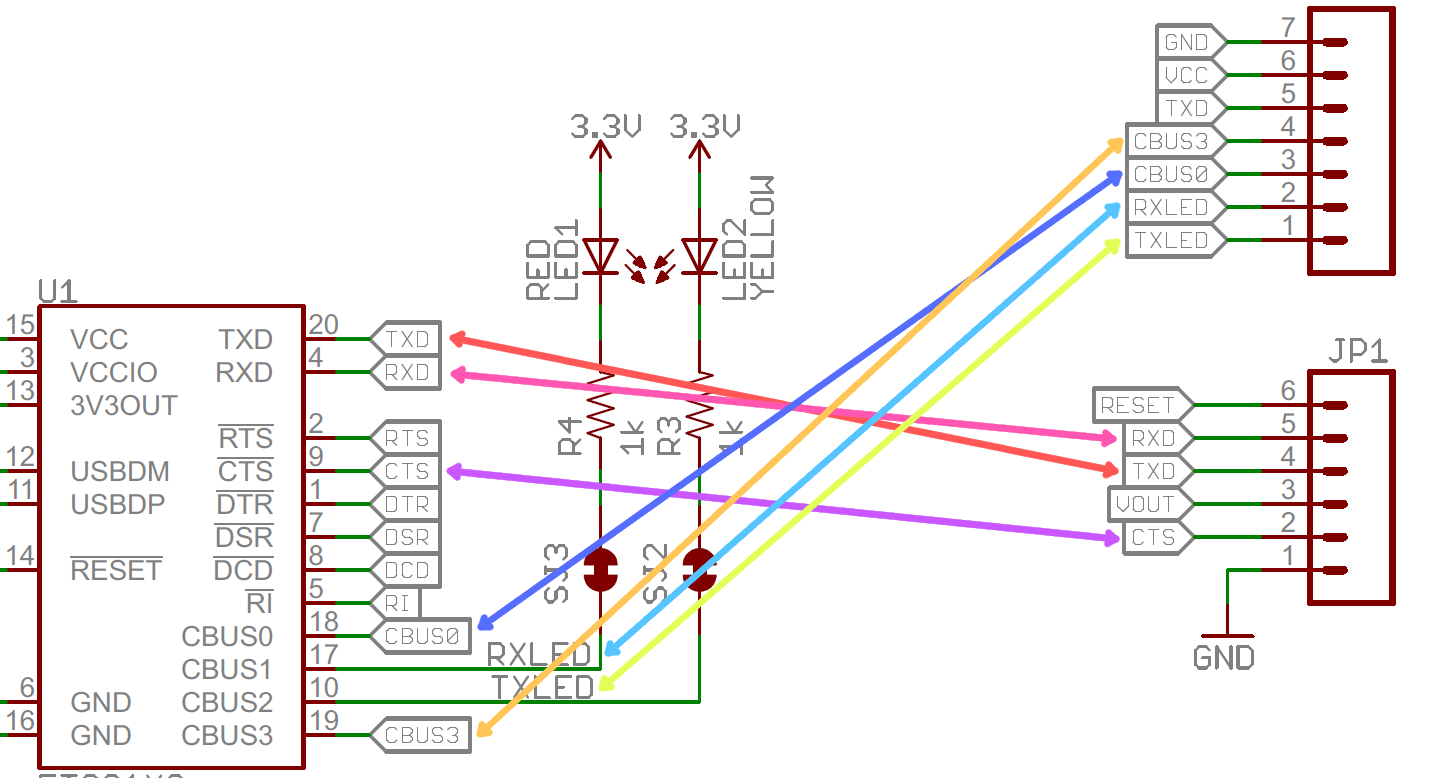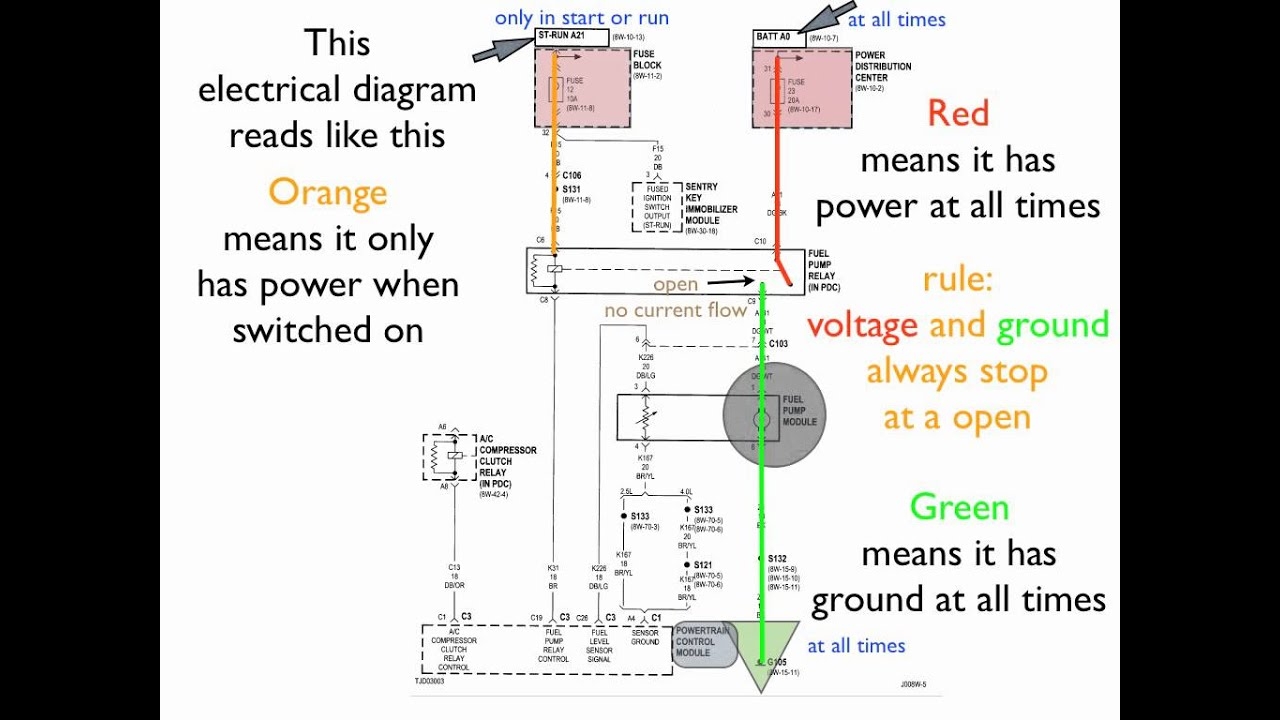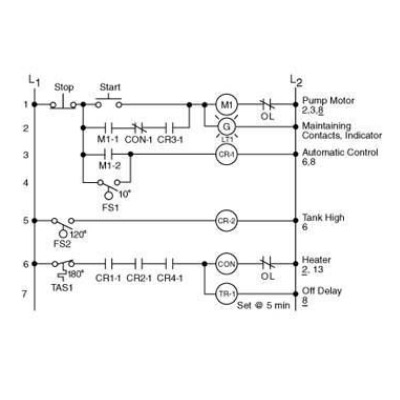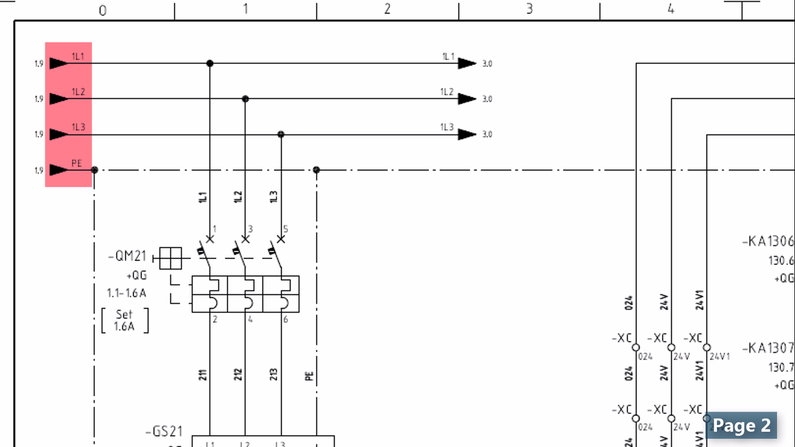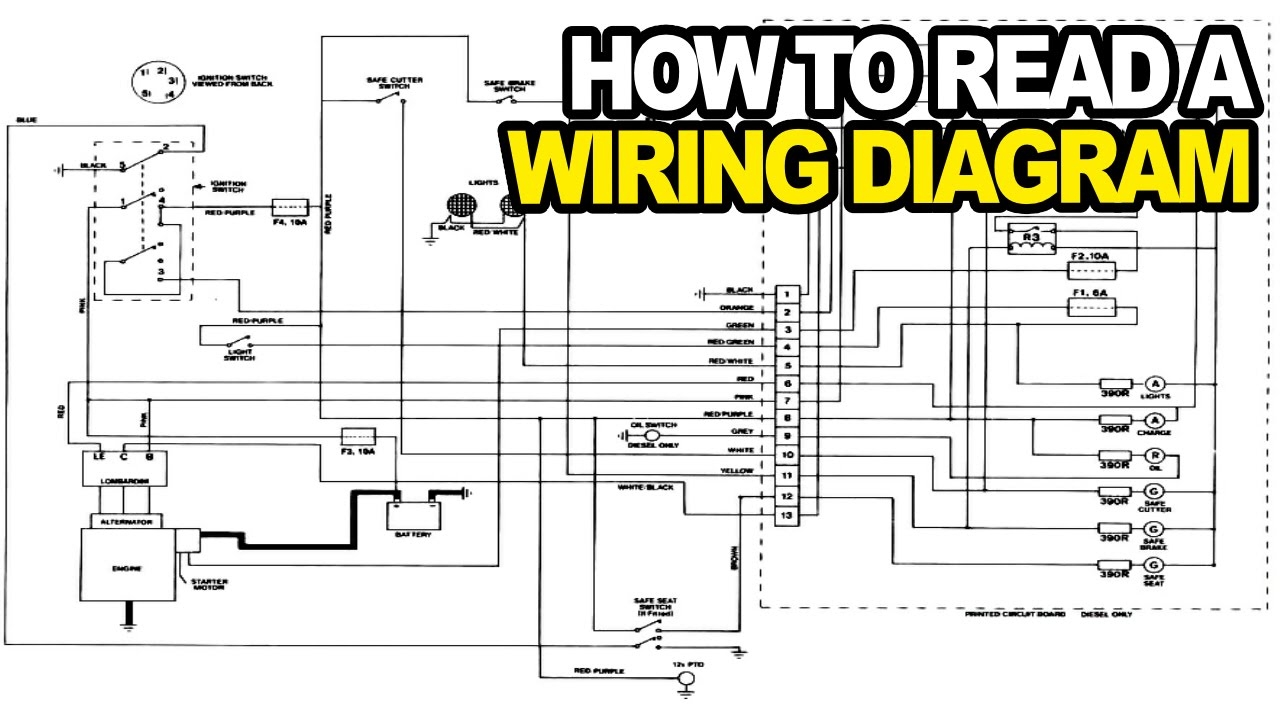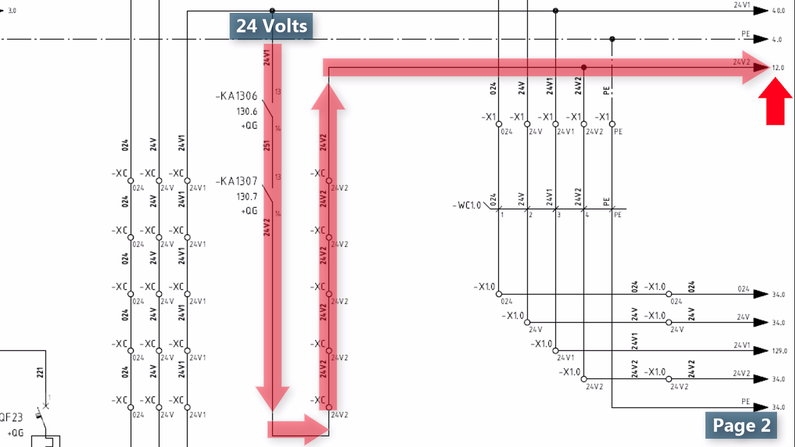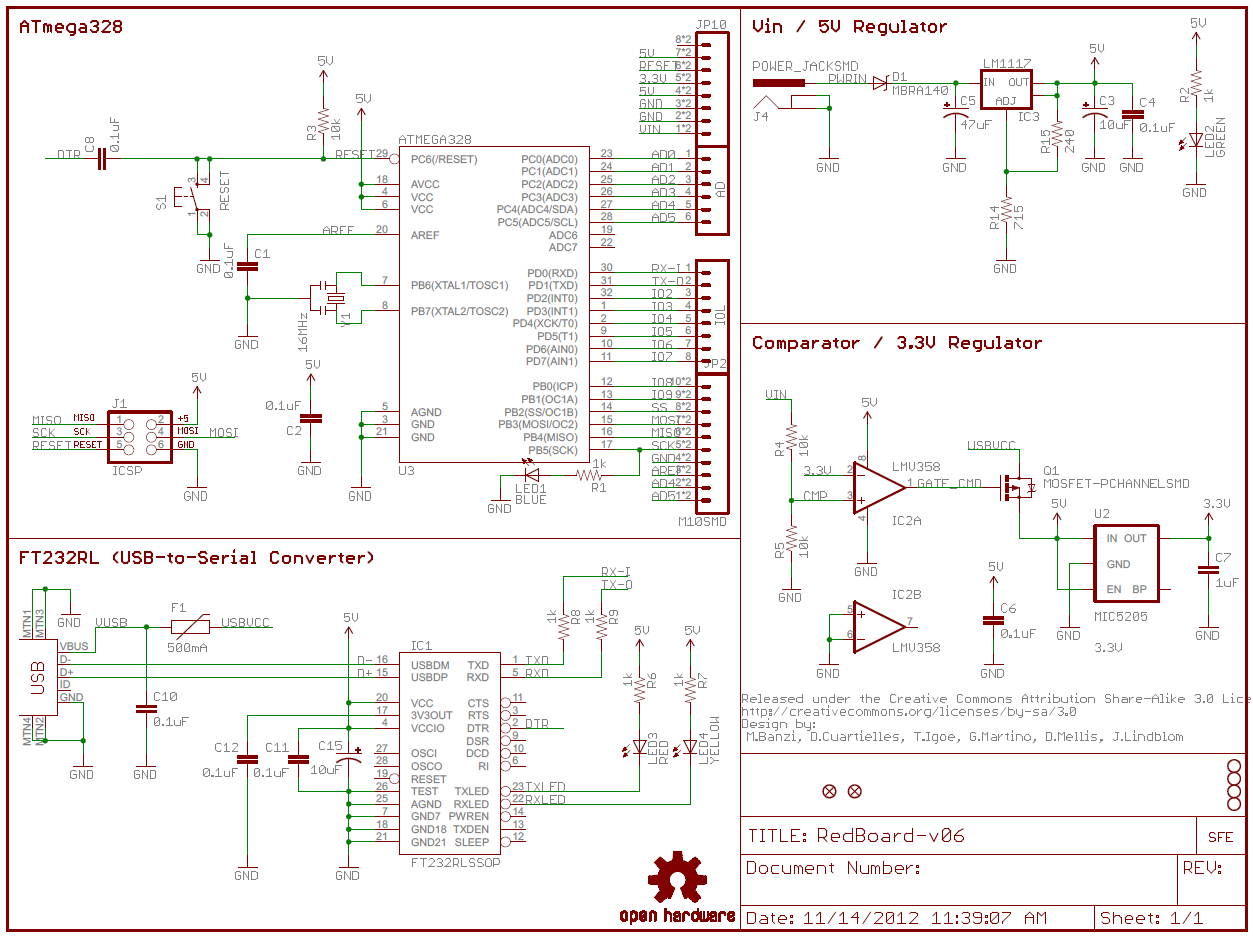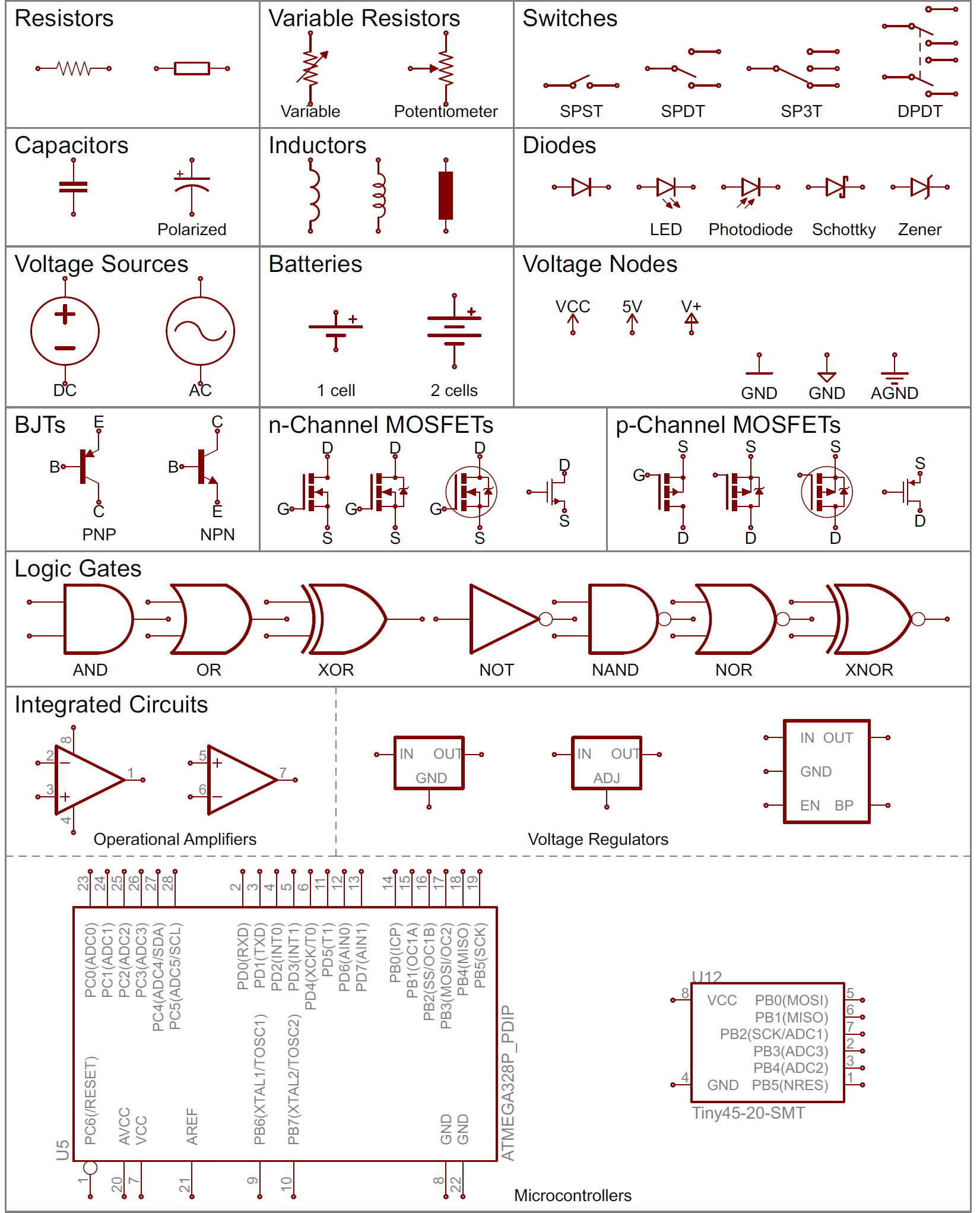Table of Contents
The Importance of Reading Schematics Wiring Diagrams
Understanding how to read schematics wiring diagrams is a valuable skill that can make a significant difference in your ability to troubleshoot electrical systems effectively. Schematics wiring diagrams provide a visual representation of the electrical connections and components in a system, allowing you to grasp the intricate details of how everything works together. By mastering the art of interpreting these diagrams, you can streamline your diagnostic processes, identify potential issues more efficiently, and ultimately save time and resources in your projects.
Enhancing Troubleshooting Efficiency
One of the key benefits of being proficient in reading schematics wiring diagrams is the improvement it brings to your troubleshooting efficiency. Instead of relying solely on trial and error or guesswork to diagnose electrical problems, you can refer to the schematics to pinpoint the exact location of a fault or malfunction. This targeted approach not only speeds up the troubleshooting process but also minimizes the risk of causing further damage to the system by addressing the root cause directly.
Optimizing System Design and Installation
Beyond troubleshooting, a thorough understanding of schematics wiring diagrams can also aid in optimizing system design and installation. By studying the diagrams, you can gain insights into the layout of components, the flow of electricity, and the interconnections between various elements. This knowledge allows you to plan and implement system upgrades or installations more effectively, ensuring that everything is configured correctly from the start.
Key Components of Schematics Wiring Diagrams
1. Symbols and Labels
Schematics wiring diagrams use standardized symbols and labels to represent different electrical components such as resistors, capacitors, diodes, and wires. Familiarizing yourself with these symbols is essential for interpreting the diagrams accurately and understanding how each component contributes to the overall system functionality.
2. Connection Lines
Connection lines in schematics wiring diagrams indicate the electrical pathways between components. By tracing these lines, you can follow the flow of current through the system and identify any potential points of failure or interruption. Understanding how these connections are established is crucial for ensuring the proper functioning of the system.
3. Wiring Layout
The wiring layout depicted in schematics wiring diagrams illustrates the physical arrangement of wires and cables within the system. By studying this layout, you can visualize how components are interconnected and where potential crossover points or junctions may occur. This insight is invaluable for ensuring that wiring installations are done correctly and do not cause any issues down the line.
Conclusion
In conclusion, the ability to read schematics wiring diagrams is a valuable skill that can benefit professionals in various industries, from electricians and engineers to hobbyists and DIY enthusiasts. By mastering the art of interpreting these diagrams, you can enhance your troubleshooting efficiency, optimize system design and installation, and gain a deeper understanding of electrical systems. Investing time and effort into learning how to read schematics wiring diagrams can pay off significantly in the long run, empowering you to tackle electrical challenges with confidence and precision.
Related to Reading Schematics Wiring Diagrams
- Radio Wiring Subaru Wiring Diagram Color Codes
- Razor Mx350 Wiring Diagram
- Razor Scooter Wiring Diagram
- Rca Cable Wiring Diagram
- Rca Wiring Diagram
How To Read A Schematic SparkFun Learn
The image title is How To Read A Schematic SparkFun Learn, features dimensions of width 1431 px and height 778 px, with a file size of 1431 x 778 px. This image image/png type visual are source from learn.sparkfun.com.
How To Read An Electrical Diagram Lesson 1 YouTube
The image title is How To Read An Electrical Diagram Lesson 1 YouTube, features dimensions of width 1280 px and height 720 px, with a file size of 1280 x 720 px. This image image/jpeg type visual are source from www.youtube.com.
Interpreting Electrical Schematics PetroE
The image title is Interpreting Electrical Schematics PetroEd, features dimensions of width 400 px and height 400 px, with a file size of 400 x 400. This image image/jpeg type visual are source from www.petroed.com.
Wiring Diagrams Explained How To Read Wiring Diagrams Upmation
The image title is Wiring Diagrams Explained How To Read Wiring Diagrams Upmation, features dimensions of width 795 px and height 447 px, with a file size of 795 x 447. This image image/jpeg type visual are source from upmation.com.
How To Read An Electrical Wiring Diagram YouTube
The image title is How To Read An Electrical Wiring Diagram YouTube, features dimensions of width 1280 px and height 720 px, with a file size of 1280 x 720. This image image/jpeg type visual are source from m.youtube.com
Wiring Diagrams Explained How To Read Wiring Diagrams Upmation
The image title is Wiring Diagrams Explained How To Read Wiring Diagrams Upmation, features dimensions of width 795 px and height 447 px, with a file size of 795 x 447. This image image/jpeg type visual are source from upmation.com.
How To Read A Schematic SparkFun Learn
The image title is How To Read A Schematic SparkFun Learn, features dimensions of width 1253 px and height 936 px, with a file size of 1253 x 936. This image image/png type visual are source from learn.sparkfun.com.
How To Read A Schematic SparkFun Learn
The image title is How To Read A Schematic SparkFun Learn, features dimensions of width 1651 px and height 2043 px, with a file size of 1651 x 2043.
The images on this page, sourced from Google for educational purposes, may be copyrighted. If you own an image and wish its removal or have copyright concerns, please contact us. We aim to promptly address these issues in compliance with our copyright policy and DMCA standards. Your cooperation is appreciated.
Related Keywords to Reading Schematics Wiring Diagrams:
